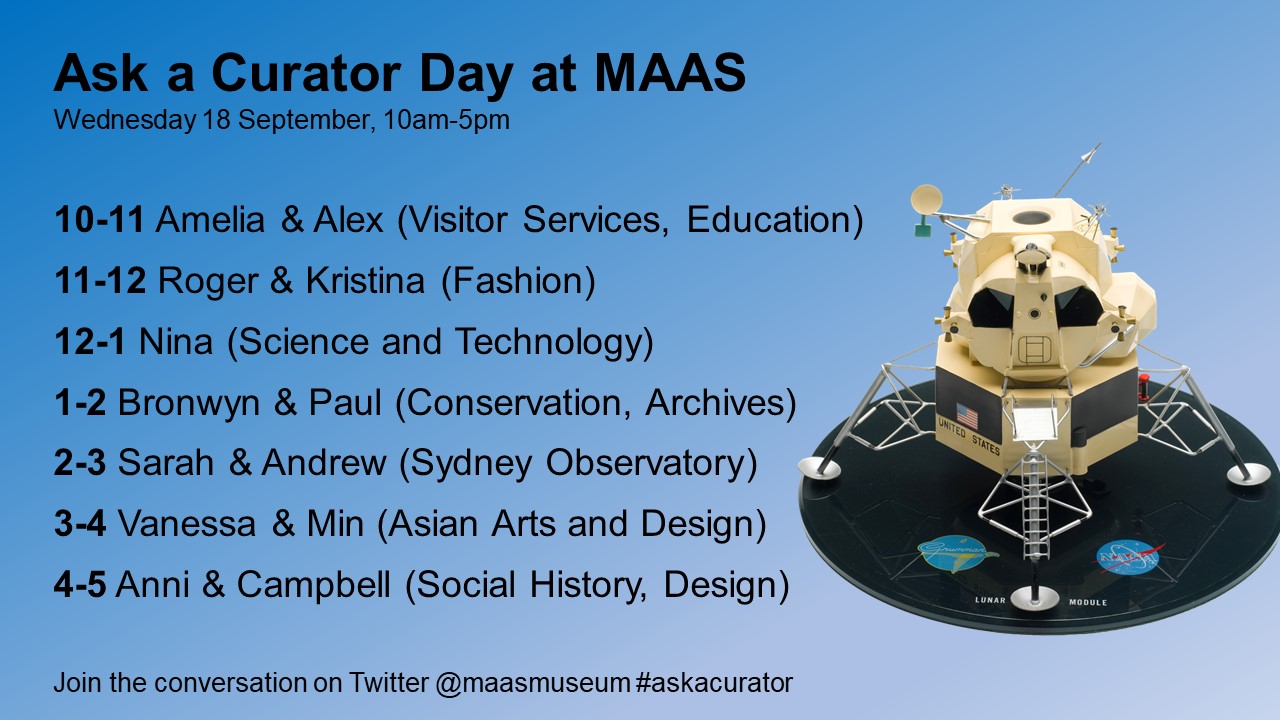
The Museum staff have a huge job caring for our enormous collection of over 500,000 objects. Our team includes experts in a vast range of areas, including: fashion, health and medicine, architecture, engineering, sciences, design, decorative arts, technologies and contemporary culture.
Ask a Curator Day is a worldwide initiative that lets people connect directly to museum professionals to ask them questions. We’re excited to be one of nearly 400 museums taking part this year across 36 countries.
It’s not just curators!
At MAAS #askacurator day is not just about the curators, it includes all museum professionals, whether they work behind the scenes or front-of-house. This year we’re teaming up with some of our amazing registration, conservation, visitor services and education staff. They all have their own incredible depth of knowledge and expertise about our collection and together help care for our collection and make it accessible to our visitors.
How to ask a question?
This year #askacurator day is on Wednesday 18 September. Our team will be available from 10am to 5pm (AEST) to answer your questions. Head over to Twitter and join in using the hashtag #askacurator. You can tweet questions to us @maasmuseum or post questions on this blog.
The day will be jam packed with interesting people, ready to answer your questions. Check out our schedule if you have a specific interest in the Museum’s collection or just fire questions away any time that suits. Profiles of some of our #askacurator stars can be perused on past blog posts here and here.
Sneak peek: meet Margaret Simpson
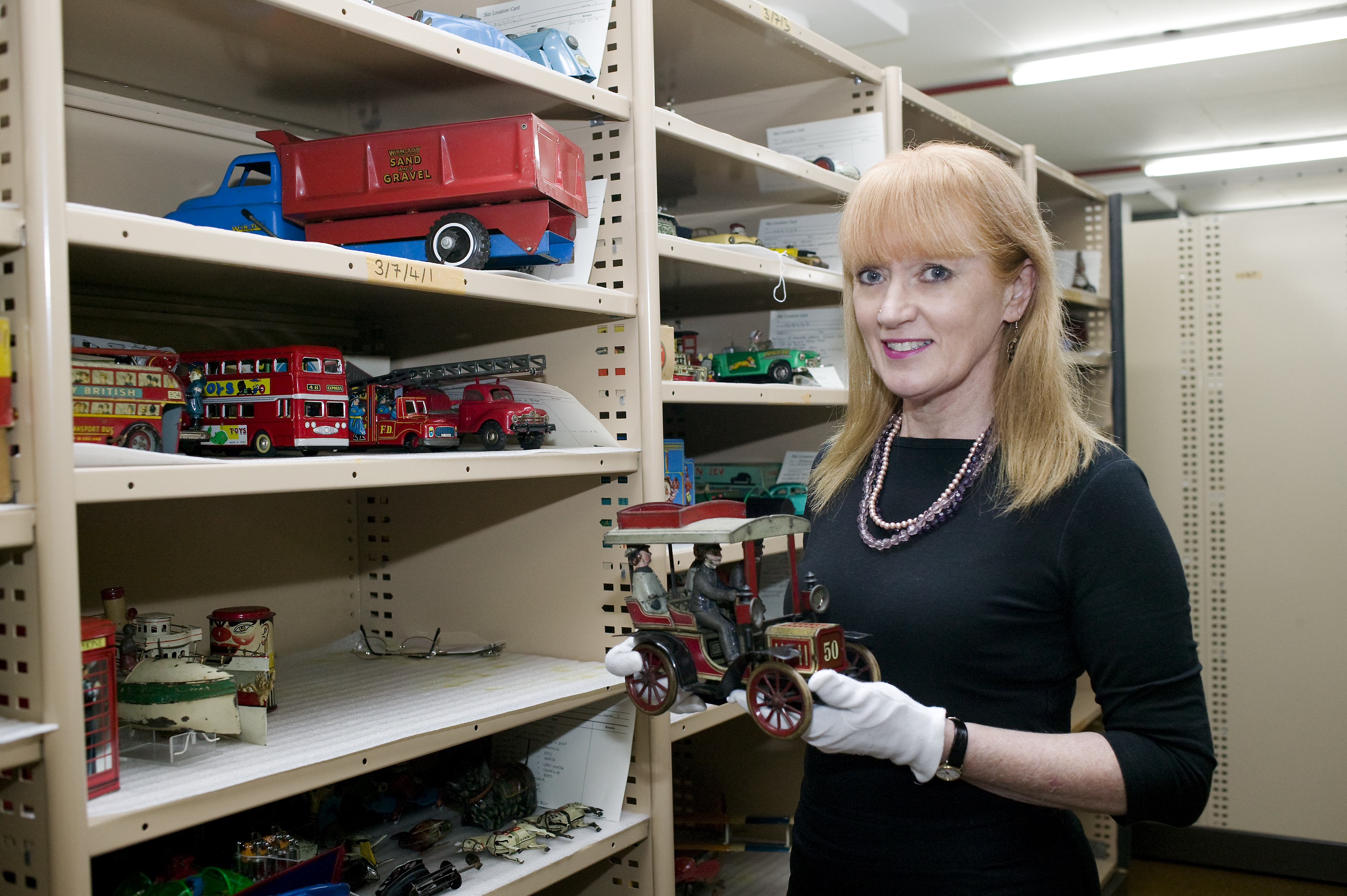
Name: Margaret Simpson
Role: Curator
How long have you worked at MAAS? Over 30 years
Do you have a favourite collection object?
There’s too many to choose from. One of my favourites is a school case from 1971 that’s packed full items that would evoke nostalgia and memories for anyone who was at school during that time. It was donated to the collection by MAAS Registrar Nicky Balmer who supplied wonderful recollections of the case and the objects contained within.
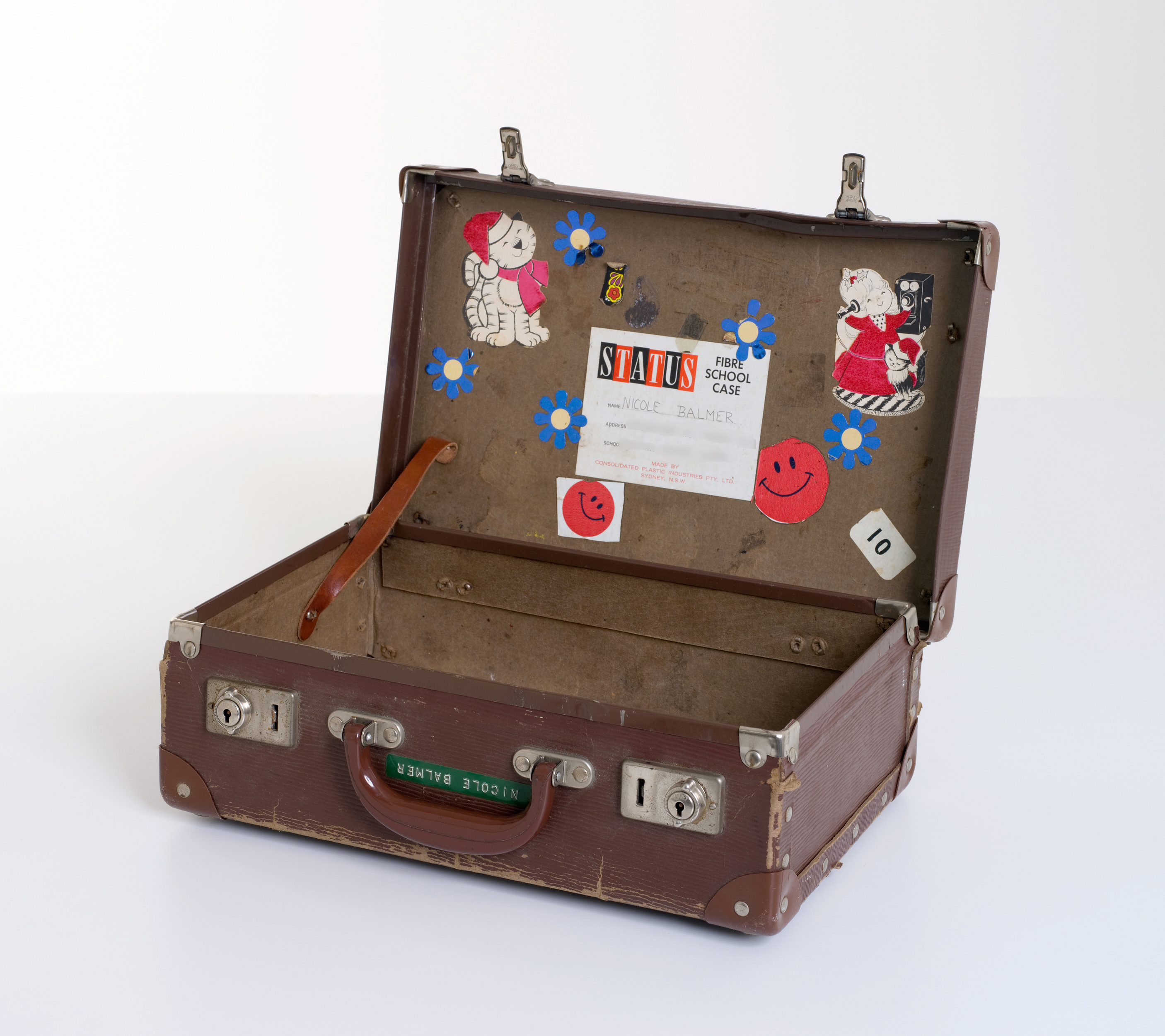
At the opposite end of the spectrum is our incredibly rare and beautiful 1913 Sheffield Simplex car. Each Sheffield Simplex car was built to the client’s specifications for body style, accessories and colours. Assembly took one week, and final testing often took several weeks, with frequent stripping down of the transmission to make sure each car ran as quietly as possible. The 1913 model in the Museum’s collection is only one of three in the world.
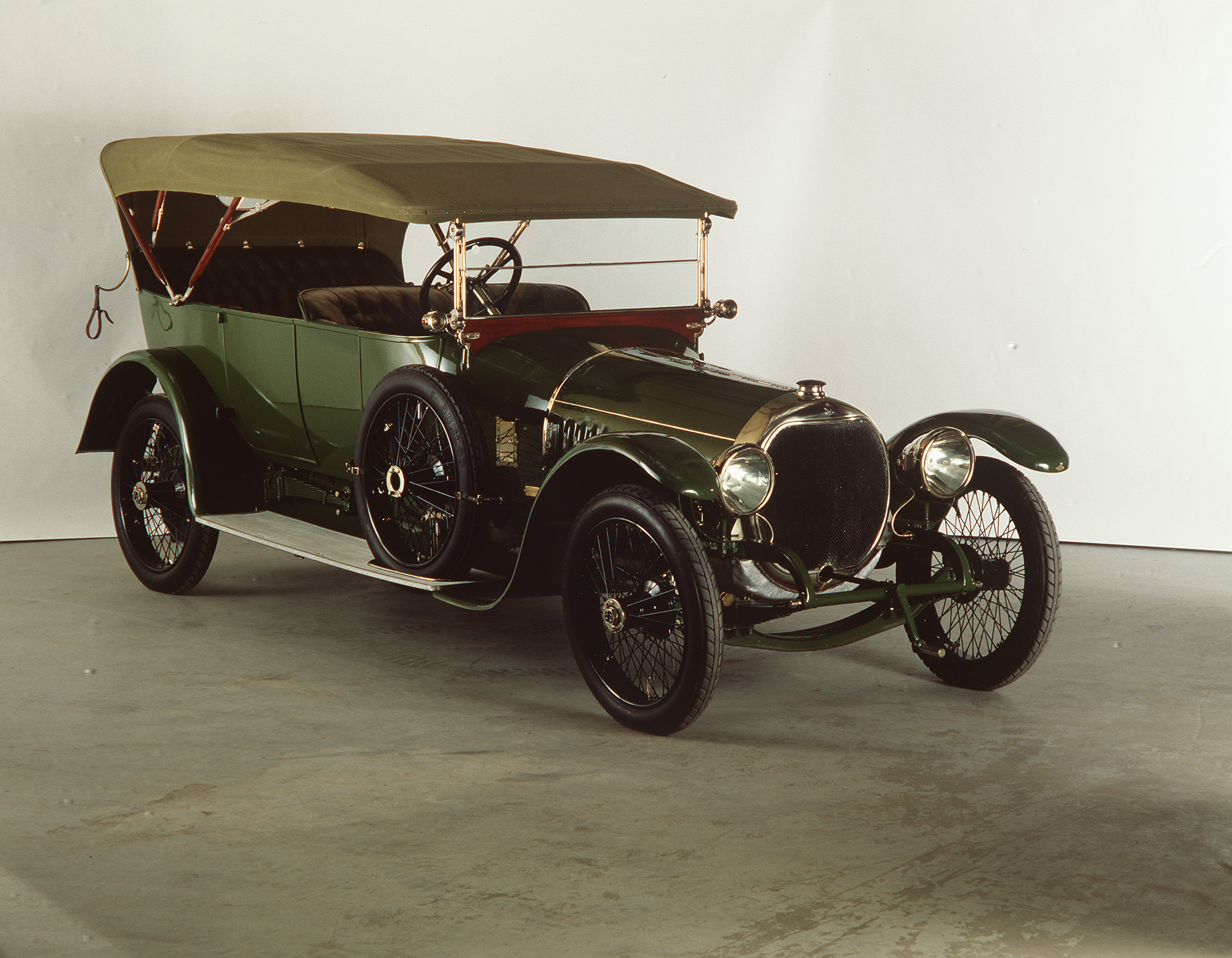
What’s been the most unusual task you’ve had to do as a curator in your time here?
I was once responsible for ordering a coffin for our tram hearse. Two tram hearses were used in Newcastle, NSW, between 1896 and 1946 to provide an inexpensive funeral service. The mourners travelled on a normal tram while the coffin was loaded into the tram hearse and pulled behind. The Museum acquired the tram hearse in 1954, 8 years after it was decommissioned, but when we decided to put it on display in the newly opened Powerhouse Museum in 1988 we needed a coffin to complete the display.
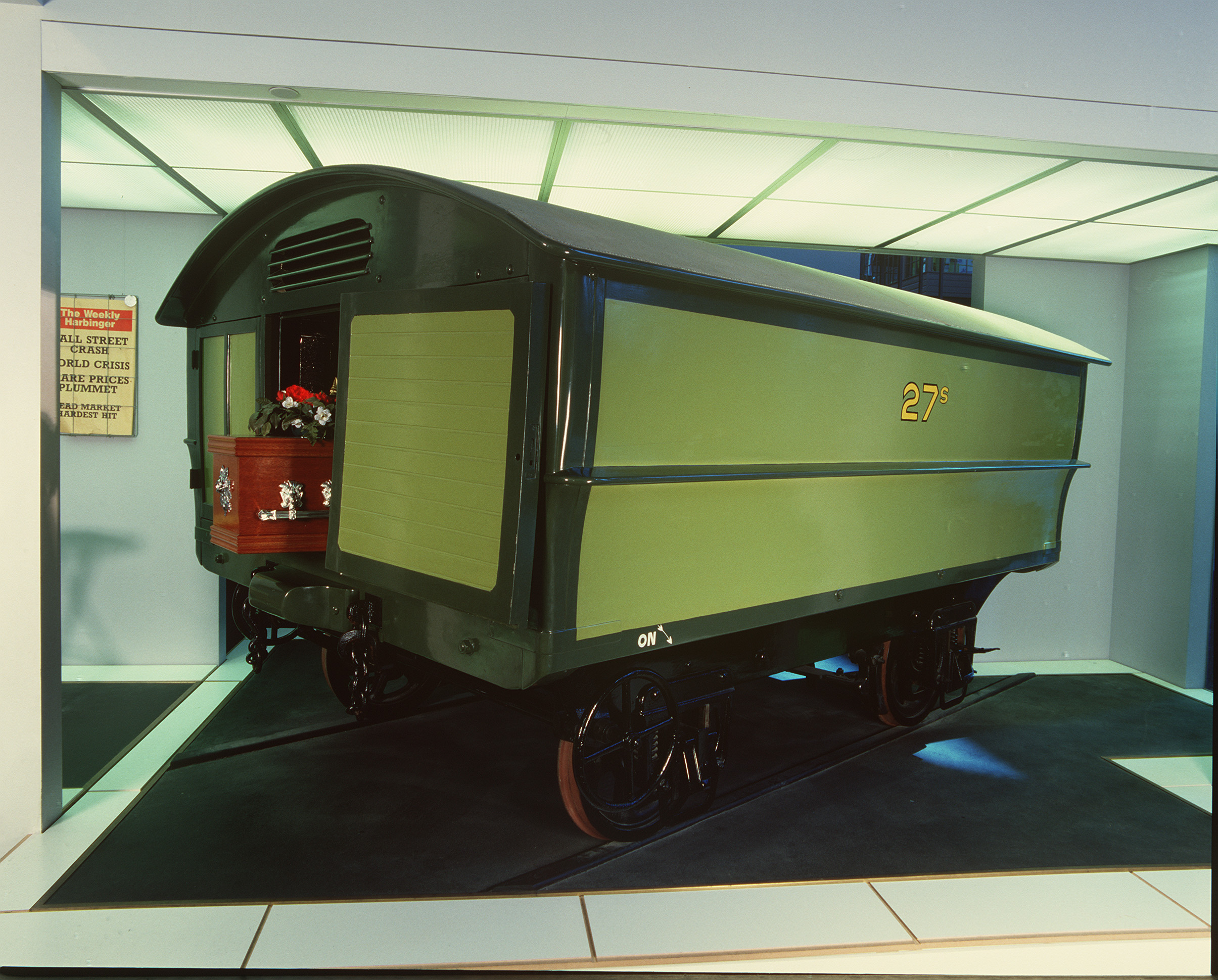
What’s been your favourite Museum you’ve ever visited (in Australia or Worldwide)?
I love visiting local history museums around NSW. Two of my favourites are at Wingham and Millthorpe.
What are you working on at the moment?
Right now, I’m working on an archive related to Qantas. The Museum holds a large quantity of material from Qantas, which chronicles the development from the airline’s early days, when air travel was new and glamourous, to the supersized jumbo jets of today. Next year marks Qantas’ centenary, which the Museum will no-doubt be involved in celebrating.
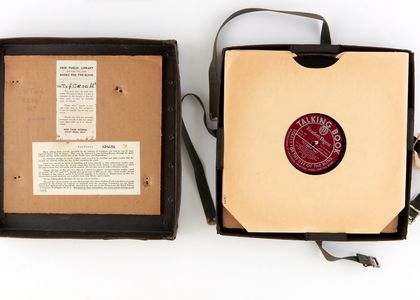
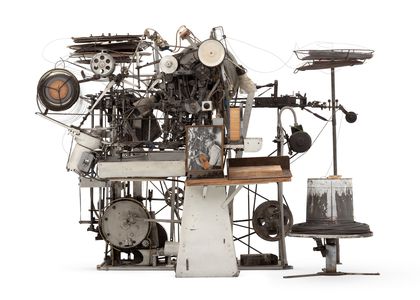
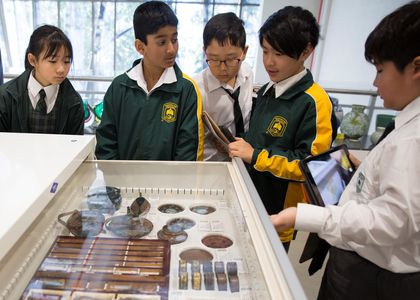
I am writing an article on Splayds eating utensils for the Australiana Society Journal.
How can I access MAAS information that I can see on the net is in a box with an article about the Martha Washington restaurant in Martin Place in 1940’s on the top ?
Is it possible to arrange for an appointment to view this material please ?
Or can a curator give me the relevant information please ?